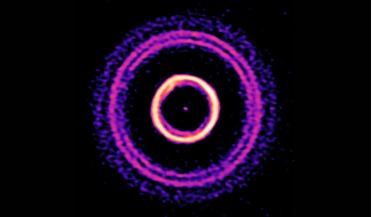 17 June 2019
Filling in the gaps of Jupiter-like planet formation
17 June 2019
Filling in the gaps of Jupiter-like planet formation
... astronomical units, or AU) where large gas giants like to congregate. "As you go out from the central star, giant planets become more frequent,” said Eugene Chiang, a UC Berkeley professor of astronomy and member of the collaboration's theory group...
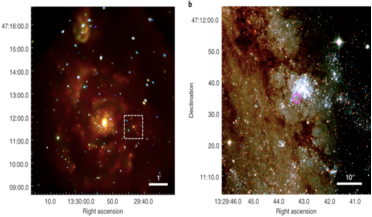 27 October 2021
Astronomers may have detected the first planet outside of the Milky Way
27 October 2021
Astronomers may have detected the first planet outside of the Milky Way
... binary source in another galaxy. It stands to reason that our galaxy is not the only galaxy in which planets exist. But spotting planets in other galaxies is incredibly difficult to do. This is because each external galaxy occupies such a small area...
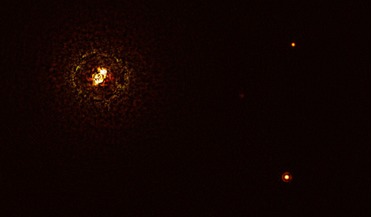 10 December 2021
Extreme exoplanet changes the picture about massive stars as planet hosts
10 December 2021
Extreme exoplanet changes the picture about massive stars as planet hosts
... from the Sun. This large distance from the central pair of stars could be key to the planet’s survival. “The planet in b Centauri is an alien world in an environment that is completely different from what we experience here on Earth and in our...
 November 2017
Roving the red planet
November 2017
Roving the red planet
...greatly aided by the extensive orbital remote sensing of the planet provided by a series of spacecraft dating back to the ... agent of mineralogic change in the early history of the planet. Upon reaching the Columbia Hills, the Spirit rover discovered...
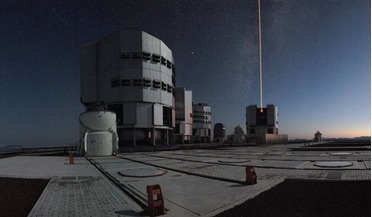 11 January 2017
ESO Signs Agreement with Breakthrough Initiatives to search for planets nearby
11 January 2017
ESO Signs Agreement with Breakthrough Initiatives to search for planets nearby
...to greatly enhance its ability to find potentially habitable planets around the closest stellar system to Earth. VISIR,...to reveal any possible signatures of potential terrestrial-like planets. The new hardware includes an instrument module contracted ...
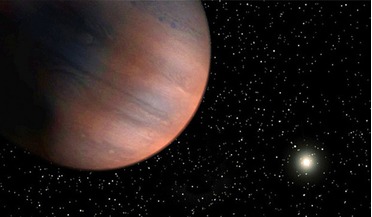 10 April 2017
Super-Jupiter mass planet found in the galactic bulge
10 April 2017
Super-Jupiter mass planet found in the galactic bulge
... that is only a third the size of our Sun and is likely located in the Galactic bulge. The massive planet, known as MOA-2016-BLG-227Lb, was discovered by the Microlensing Observations in Astrophysics (MOA) collaboration who used...